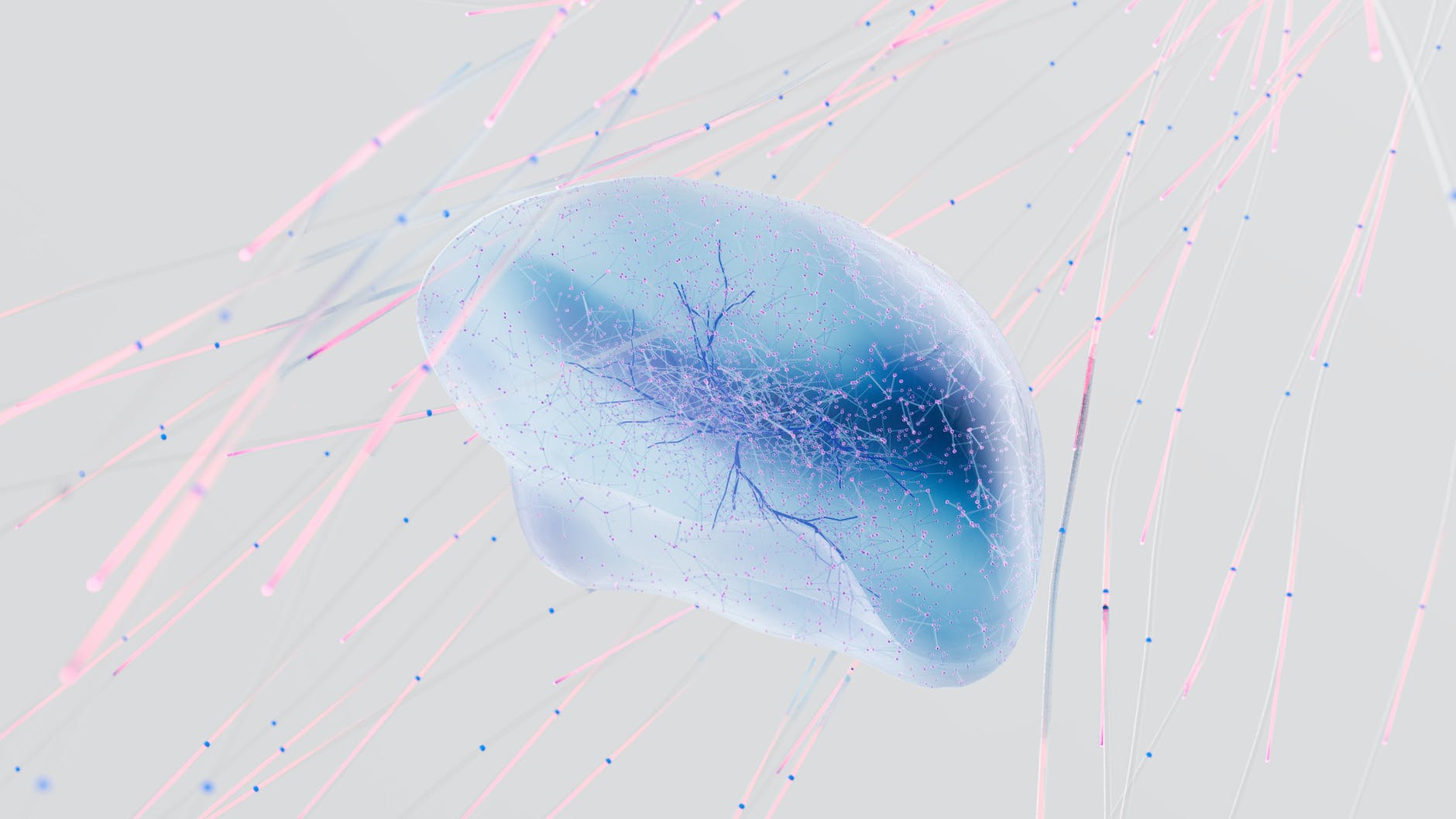Tag: cloud computing
-
Enterprise Architecture Metrics: Measuring Success
One of the most impactful KPIs is total IT cost savings. Enterprise architecture simplifies the complex IT landscape by evaluating capabilities, processes, applications, and infrastructure. By doing so, architects can consistently deliver cost savings
-

Securing Cloud-Based Applications: Threats, Mitigations, and Security Design Patterns
Cloud-based applications have become integral to modern business operations, but with their increasing prominence comes a growing concern for security. In this article, we will explore the major threats to cloud-based application security, effective mitigation strategies, and essential security design patterns for robust protection. Major Threats to Cloud-Based Application Security 1. Unmanaged Attack Surface Every…
-

Securing Cloud-Based Applications: Migration Strategies and Java Code Implementation
The article highlights the major security threats to cloud-based applications such as unmanaged attack surfaces, human error, misconfiguration, data breaches, malware attacks, and account takeovers. It recommends various mitigation strategies and security design patterns like the Ambassador Pattern, Multi-Factor Authentication, Configuration Auditing, Claim Check Pattern, Anti-Malware Software, and Federated Identity Pattern, providing Java code implementations…
-

How Generative AI Can Help Hackers Gain Access to Your Network
Network security is a crucial aspect of any organization that relies on digital infrastructure. Network security experts are responsible for protecting the network from unauthorized access, malicious attacks, and data breaches. However, network security is not an easy task, as hackers are constantly developing new techniques and tools to exploit vulnerabilities and bypass defenses. One…
-

Scaling Applications on Kubernetes with Monitoring, Backup, and Storage
Kubernetes, a platform for managing scalable, containerized applications, employs horizontal and vertical pod autoscaling for application scaling. It also uses tools like Prometheus for monitoring, Velero for backup and restore, and Persistent Volumes (PV) and Persistent Volume Claims (PVC) for storage. Utilizing these features, alongside proper monitoring and backup, can significantly enhance application performance, reliability,…
-

Jaeger Tracing on Kubernetes: A Comprehensive Guide to Providing Traceability in Your Application
Jaeger tracing is an open-source system that monitors and troubleshoots distributed systems based on microservices. Utilizing the OpenTracing API, it helps trace the flow and performance of system requests. This is achieved by integrating the Jaeger client library in the application, creating traces, and configuring the Jaeger agent for data collection. Visualizing traces allows for…
-

Monitoring Cloud Workloads with Prometheus and Grafana: A Guide for OpenShift, Azure, and AWS Users
The blog post explains how to use two open-source tools, Prometheus and Grafana, for monitoring workloads on OpenShift, Microsoft Azure, and Amazon AWS. It offers a brief description of each platform and provides detailed instructions for installing and configuring Prometheus and Grafana for effective system metrics visualization.
-

Maximizing Cost Efficiency: How Kubernetes Streamlines Cloud Operations for Businesses
Learn how Kubernetes, an open-source container orchestration platform, optimizes cloud resources, reduces downtime, and enhances developer productivity, leading to significant cost savings for businesses. Explore the benefits of Kubernetes, its vendor-agnostic nature, and the robust community support it offers.
-

The Future of IT Architecture: Trends and Predictions
The field of IT architecture has always been dynamic, with constant advancements and innovations pushing the boundaries of what’s possible. As we look towards the future, it’s clear that IT architecture will continue to play a vital role in shaping the digital landscape.
-

Best Practices For Securing Cloud-Based IT Systems In The Technology Industry
In recent years, cloud computing has become increasingly popular in the technology industry, allowing organizations to store and process large amounts of data and run their IT systems remotely. However, as with any technology, there are risks associated with cloud-based IT systems. Security breaches and data leaks can have serious consequences for businesses, including loss…